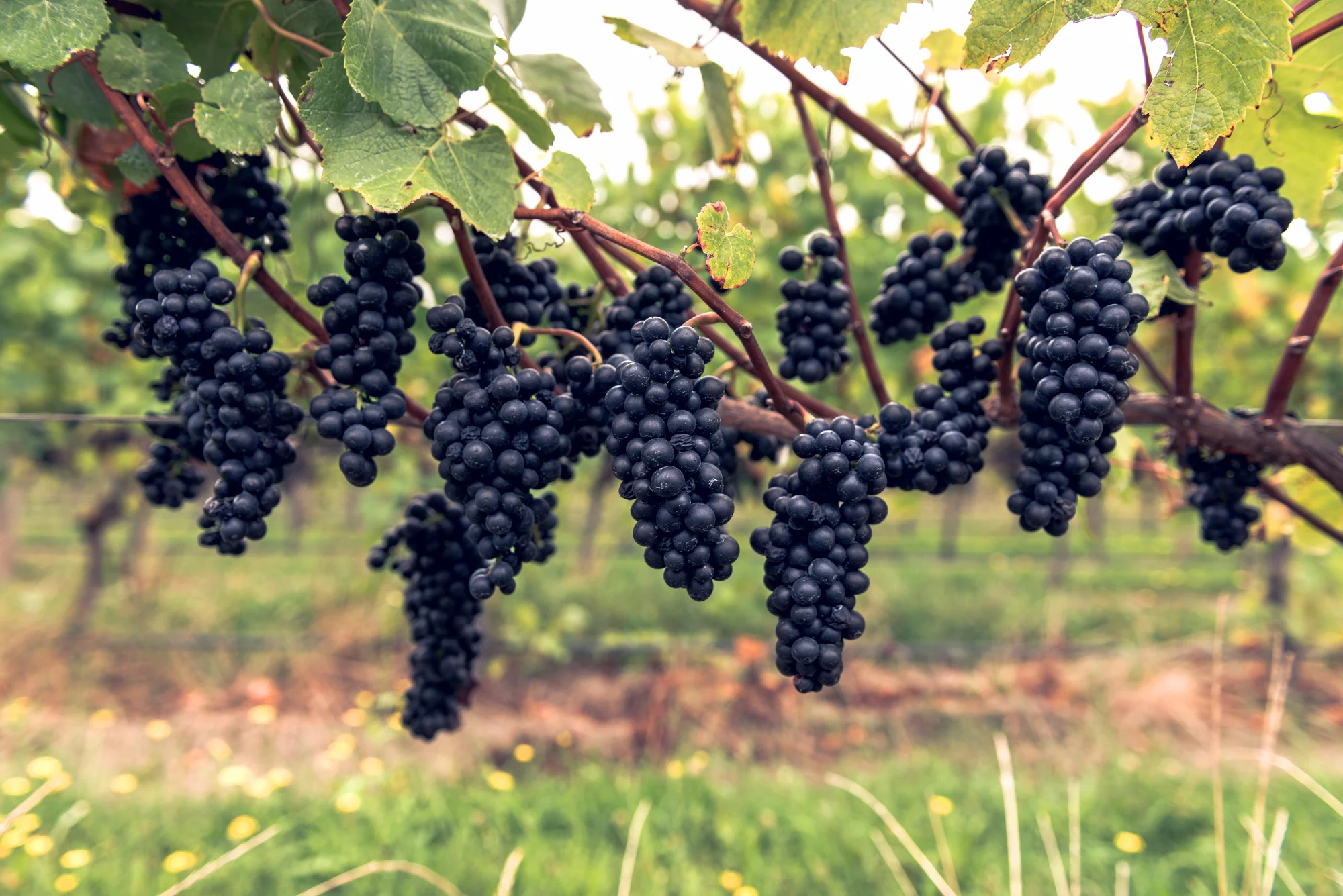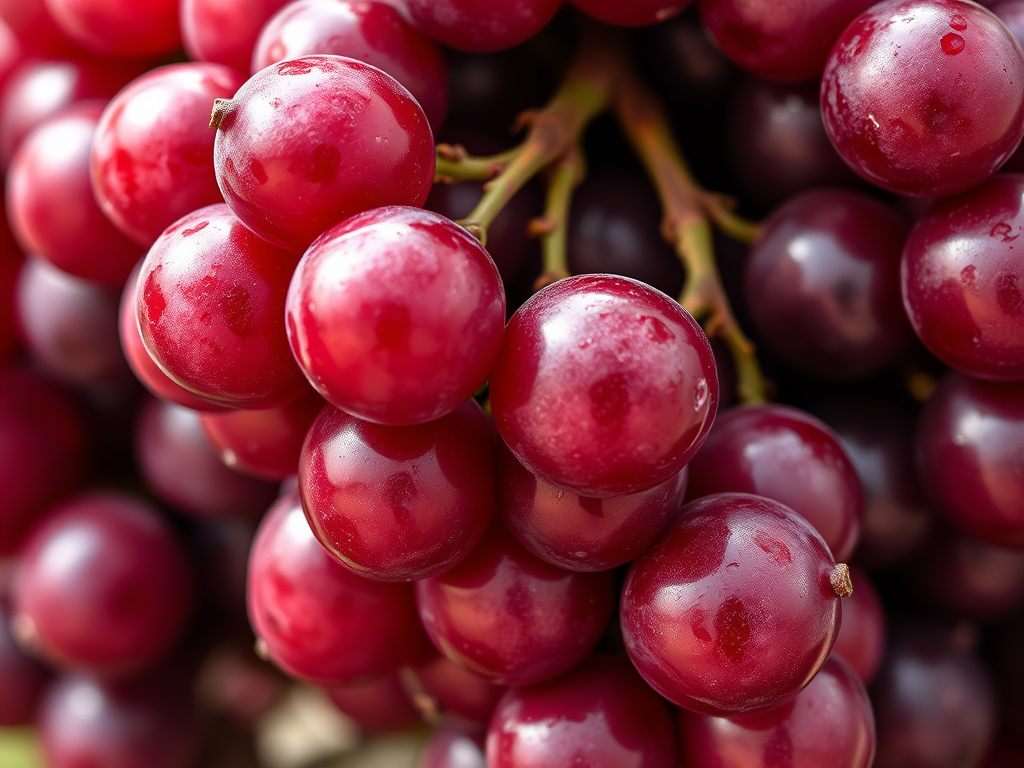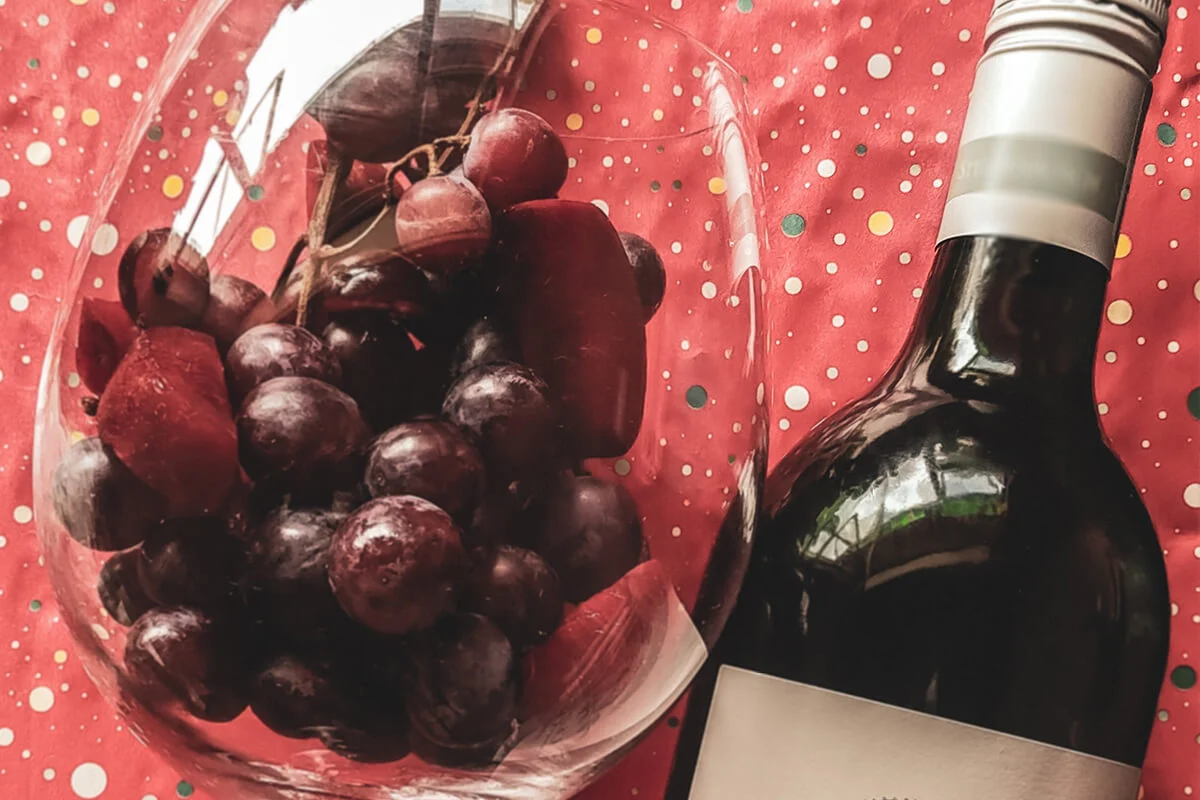In the vast world of red wines, few varieties command as much respect and intrigue as Pinot Noir and Cabernet Sauvignon. These two iconic grapes represent opposite ends of the red wine spectrum, each offering distinct personalities that have attracted wine enthusiasts for centuries. While both produce exceptional wines, understanding their fundamental differences can transform your wine experience from guesswork into informed appreciation.
Pinot Noir, often called the “heartbreak grape” due to its finicky nature, embodies elegance and finesse. This thin-skinned variety demands precise growing conditions and careful handling, resulting in wines that showcase delicate complexity and ethereal beauty. Originating from Burgundy, France, Pinot Noir has been cultivated by monks since 1000 A.D., making it one of the oldest documented wine grapes.
In stark contrast, Cabernet Sauvignon represents power and boldness in liquid form. This thick-skinned grape variety emerged from an accidental crossing of Cabernet Franc and Sauvignon Blanc in Bordeaux, discovered only in 1996 by researchers at UC Davis. Unlike its delicate counterpart, Cabernet Sauvignon thrives in various climates and conditions, producing full-bodied wines with exceptional aging potential.
The choice between these two wines often reflects personal preference and the occasion. Pinot Noir appeals to those seeking subtlety and nuance, while Cabernet Sauvignon satisfies those craving intensity and structure. Whether you’re planning an intimate dinner or a celebratory feast, understanding these differences will guide you toward the perfect selection for any moment.
Origins and Terroir: A Tale of Two Regions

The story of Pinot Noir begins in the hallowed vineyards of Burgundy, France, where monks meticulously documented their winemaking methods over a millennium ago. This grape’s thin skin makes it notoriously sensitive to environmental conditions, requiring cool climates with a precise balance of sunshine and rainfall. The concept of terroir—how soil, climate, and topography influence wine flavor—is particularly pronounced in Pinot Noir, with each vineyard site imparting unique characteristics.
Cabernet Sauvignon’s journey started in Bordeaux, though its origins remained mysterious until recent decades. Unlike Pinot Noir’s ancient lineage, Cabernet Sauvignon emerged from an unplanned genetic crossing, yet quickly established itself as one of the world’s most planted grape varieties. Its thick skin and robust nature allow it to adapt to diverse growing conditions, from the gravelly soils of Bordeaux to the warm valleys of California.
Today, both varieties have spread globally, with Pinot Noir finding success in Oregon’s Willamette Valley, California’s Russian River Valley, and New Zealand’s cool climate regions. Cabernet Sauvignon thrives in warm climates worldwide, producing exceptional wines in Napa Valley, Australia, and Chile.
Grape Characteristics: Thin Skin vs Thick Skin
The fundamental difference between these varieties lies in their grape structure. Pinot Noir grapes feature extremely thin skins that make them vulnerable to heat damage and disease. These delicate skins contribute to the wine’s lighter color and lower tannin levels, while the tight cluster formation increases susceptibility to rot and disease spread.
Cabernet Sauvignon grapes possess thick, durable skins that provide natural protection against climatic variations. This robust structure allows the grape to develop higher tannin levels and deeper color extraction, contributing to the wine’s bold character and aging potential. The thick skins also enable Cabernet Sauvignon to thrive in warmer climates where Pinot Noir would struggle.
Visual Appearance: Light vs Dark

The visual differences between these wines are immediately apparent. Pinot Noir typically displays a pale to medium ruby color, often with translucent qualities that allow light to pass through. Young Pinot Noirs may show garnet hues, while aged versions develop brownish tinges around the rim.
Cabernet Sauvignon presents a dramatically different appearance with its deep, opaque ruby color often featuring bluish hints in young wines. As Cabernet Sauvignon ages, the color evolves from deep purple to garnet and eventually brick red, indicating the development of secondary flavors and softening tannins.
Flavor Profiles: Elegance vs Power
Pinot Noir Characteristics:
Pinot Noir wines showcase red fruit flavors dominated by cherry, raspberry, and strawberry notes. The wine often exhibits floral aromas, including violet and rose, complemented by earthy undertones reminiscent of forest floor and mushrooms. With its bright acidity and silky texture, Pinot Noir delivers a delicate balance between fruit and savory elements.
Cabernet Sauvignon Characteristics:
Cabernet Sauvignon commands attention with bold flavors of blackcurrant (cassis), dark cherry, and blackberry. The wine frequently displays herbal notes such as green bell pepper in cooler climates, while warmer regions produce jammy fruit characteristics. Oak aging contributes vanilla, tobacco, and cedar notes, creating complex layers of flavor.
Body and Structure: Light vs Full

Pinot Noir typically presents as light to medium-bodied with moderate alcohol levels ranging from 11.5-13.5% ABV. The wine’s structure relies on bright acidity and soft tannins, creating an elegant, approachable profile that doesn’t overwhelm the palate.
Cabernet Sauvignon delivers full-bodied intensity with higher alcohol content, sometimes exceeding 15% ABV in warm climates. The wine’s structure is built on firm tannins and high acidity, creating a powerful framework that can support extended aging.
Food Pairing: Versatility vs Boldness
Pinot Noir Pairings:
The wine’s lighter body and bright acidity make it ideal for dishes that won’t overpower its delicate nature. Excellent pairings include roasted chicken, salmon, mushroom-based dishes, and soft cheeses like Brie and Camembert. The wine’s versatility extends to lean cuts of beef like filet mignon and duck preparations.
Cabernet Sauvignon Pairings:
This wine’s bold structure and high tannins demand rich, fatty foods that can match its intensity. Classic pairings include grilled steaks, braised short ribs, aged cheeses like cheddar and gouda, and dark chocolate desserts. The wine’s tannins cut through rich foods, creating a harmonious balance.
Aging Potential: Short vs Long Term
Pinot Noir generally reaches peak drinking within 5-10 years of bottling, though exceptional Burgundies can age for decades. The wine’s delicate structure means it’s often best enjoyed while retaining its fresh fruit characteristics.
Cabernet Sauvignon demonstrates exceptional aging potential, often improving significantly over 10-30 years. The wine’s firm tannin structure and high acidity provide the framework necessary for long-term cellaring, developing complexity and softening harsh edges over time.
Pinot Noir often commands higher prices due to its challenging cultivation requirements and lower yields. The grape’s sensitivity demands careful vineyard management and gentle winemaking techniques, increasing production costs.
Cabernet Sauvignon’s adaptability and higher yields generally result in more accessible pricing across various quality levels. The grape’s robust nature allows for consistent production in diverse climates, providing options for every budget.


